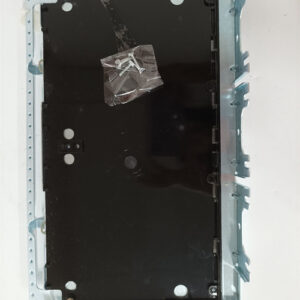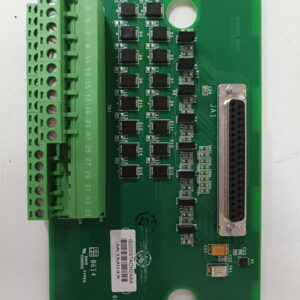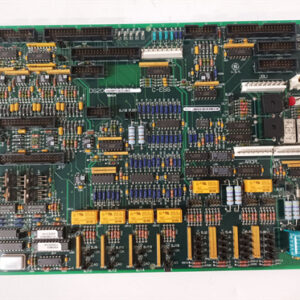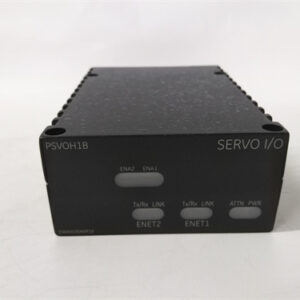الوصف
The GE IS200TREAS2A is a Trip Relay Terminal Board for the GE Mark VIe (MKVIe) turbine control system. Its main function is to provide a physical interface for critical trip and alarm signals, enabling the system to actuate external relays to shut down or take other protective actions on the turbine. The “AEP Emerg” designation likely refers to a specific configuration for emergency trip relays used by American Electric Power (AEP) or in similar applications.
Function and Purpose ⚙️
The IS200TREAS2A is a vital part of the turbine’s safety and protection circuitry. It acts as the bridge between the Mark VIe’s control logic and external trip relays. When the control system’s logic determines that a trip condition exists (e.g., overspeed, high vibration, or an emergency stop), it sends a signal to this board. The board then energizes or de-energizes its internal circuitry to open or close the contacts of the connected relays. This action can directly initiate a turbine shutdown or activate other protective equipment, such as fire suppression systems or emergency fuel shutoff valves.
Related Components 🤝
The IS200TREAS2A works in conjunction with other components of the Mark VIe system, including:
- Processor Cards: The main CPU of the system, which executes the trip logic.
- I/O Packs: These electronic modules mount directly on the terminal board and contain the active electronics for activating the relays.
- External Trip Relays: The board connects to these external relays, which in turn control the field devices that perform the actual shutdown or protective action.

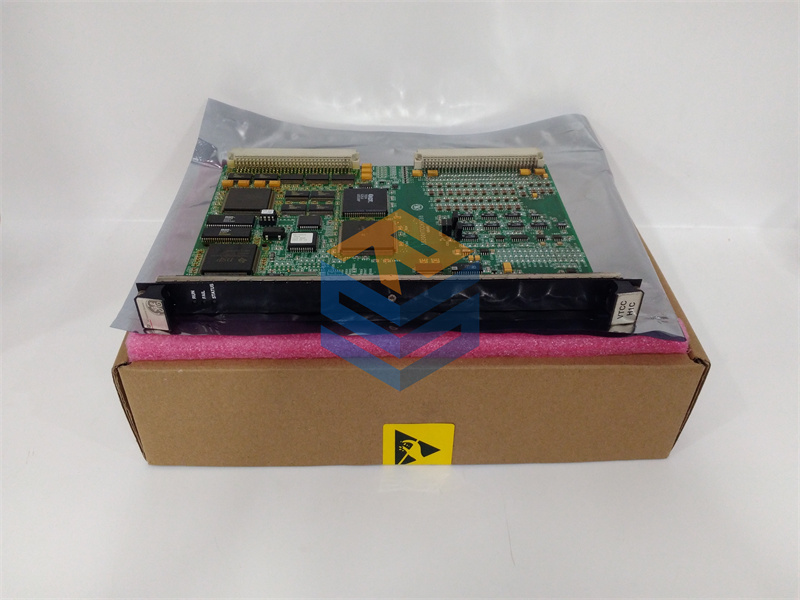

 +86 15340683922
+86 15340683922 +86 15340683922
+86 15340683922